How Long Should Your 2D Animation Video Be? (Real Data to Guide You)
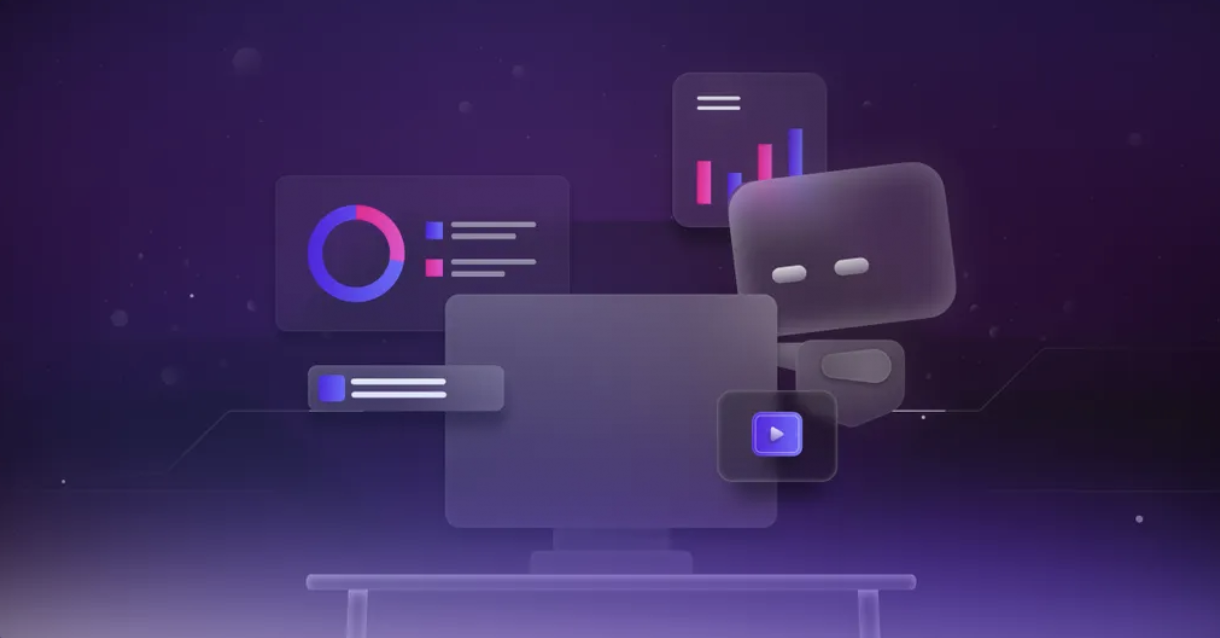

table of content
Have you ever noticed that while watching a brand video, your eyes start to wander and lose focus? Or when you’re trying to learn more about a product you want, you end up getting distracted by other things? That’s a sign of a declining attention span.
The good news is that attention can be retrained. The bad news is that almost everyone, across all demographics, is struggling with it.
This shift in attention affects nearly every industry, but marketing feels it the most. Video has become the go-to tool for engaging audiences, yet with attention spans shrinking, the big question is: how should brands adapt their video strategy to keep people watching? Since 2D animation is our bread and butter, we decided to look back at our past projects and data to figure out what the ideal video length really is and how brands can use that insight to make their content more effective.
How bad is the attention span problem
Before we jump into what we found, let’s start with the current reality because there’s a lot of misinformation out there.
A quick disclaimer: while our team are experts in animation and marketing, this topic overlaps with psychology, social behavior, and even politics. To stay focused, this blog explores how declining attention spans affect the animation and marketing industries. If you’re researching this for another field, we recommend looking into sources that specialize in that area.
While researching, we came across many claims that the average adult attention span is now less than 10 seconds, supposedly even shorter than a goldfish’s. That’s definitely not true. If it were, people wouldn’t be able to finish a task or a conversation. The “goldfish attention span” myth comes from an old SEO blog that used it as a metaphor, but the internet took it literally.
So, does that mean attention span decline isn’t real?
Not exactly. It is real, just not that extreme.
A King’s College London study found that two-thirds of people believe their attention span has worsened, including 58% of adults aged 18–34. Another study by the American Psychological Association, led by Dr. Gloria Mark, revealed that our attention on screens is now the shortest it’s been since 2004, averaging around 40 seconds. To clarify, that number applies to screen activity, not daily life overall.
So what does that mean for us at Motion The Agency? From a marketing perspective, it means we have less than 40 seconds to grab someone’s attention and deliver our main message before they scroll away. But we wanted to see if that really holds true for our kind of content.
So, how does 2D animation fit into this
You might be wondering why we focused on 2D animation for this topic. The answer is simple. It’s one of the most widely used animation styles across industries. We talked more about this in our blog, “Who Uses 2D Animation.”
While looking back at our past projects, one thing became obvious. 2D animation is a powerful way to simplify complex messages. It helps brands explain ideas visually so they’re easier to follow and more engaging to watch. Whether it’s showing how a SaaS platform works, breaking down a process, or introducing a new feature, 2D animation turns complicated concepts into something clear and human.
Because it’s flexible, 2D animation gives brands full control over how a story unfolds. You can direct attention to the right moments, use motion to emphasize key points, and build a visual rhythm that keeps people focused. It’s especially effective for industries like tech, education, and finance where clarity matters just as much as creativity.
In most 2D explainer videos, you’ll see how this style connects information with emotion. It turns data and product details into something approachable and memorable. Over time, 2D animation has evolved into a smooth, modern, and visually rich format that holds attention from start to finish. Its pacing, flow, and design make it one of the best tools for storytelling in today’s fast-moving digital world.
How we gathered our 2D animation video data
This whole thing actually started with our CEO. He wanted to create a short internal video under 60 seconds, and while doing some research, he came across a LinkedIn post saying that 45-second videos tend to perform better. That got us thinking, would the same thing work for us at Motion The Agency too? And what video length actually gets the best results?
To figure it out, we decided to dig into our own portfolio. Using YouTube Studio, we checked the performance of our published videos, focusing on ones that were around 90 seconds long. We wanted to see if people were really tuning out faster than before. One of the coolest things about YouTube Studio is the audience retention graph, which shows exactly when viewers start losing interest and click away. That data helped us spot the moments where engagement dropped and figure out why, whether it was pacing, visuals, or just the overall length of the video.
Before we go into what we found, it’s worth mentioning that our YouTube channel isn’t a typical marketing channel. It’s more of a portfolio that showcases what we do, so not everyone watching is part of our target audience. That might affect how the videos perform.
And while we’re not strictly a 2D animation agency, it’s still a big part of what we do. Motion The Agency is a motion design agencythat combines different creative disciplines, from 2D and 3D motion to UI/UX and branding. Our 2D animation services help brands communicate clearly, explain complex ideas, and capture attention through visuals that feel human and engaging.
Still, the insights we pulled from this were pretty eye-opening. It made us rethink how we approach video length, especially when it comes to 2D animation.
So, what is the perfect length for a 2D animation video?
If you’ve never used YouTube Studio, you might be wondering what it is. For creators, it’s the place to check how well your videos are performing. You get all kinds of analytics, but in this blog, we’ll focus specifically on retention, which shows how long people keep watching before they drop off.
Retention graph

One of the coolest things about YouTube Analytics is the retention graph. It basically shows you how long people stick around before they click away. You can literally see the exact moment viewers start to lose interest, which makes it super helpful when you’re trying to figure out what’s working and what isn’t.
We used one of our own projects as an example. The graph has two lines. The purple line shows how our video performed, and the gray line shows the average for other videos with a similar length. If the purple line drops faster than the gray one, it means people are losing interest earlier than expected. If it stays above, it means we’re doing better than average at keeping people engaged.
On that same page, YouTube also highlights which videos hold the most viewers after the intro. When you look closely, you’ll almost always notice a dip in the first few seconds. That’s the biggest drop-off point when most people click away during the intro. It’s a good reminder that those opening moments are everything.
Average percentage viewed
.png)
Here’s something to keep in mind. We treat our YouTube channel more like a portfolio than a full marketing platform. That means most of our videos aren’t reaching their ideal audience. For example, a video we made for a SaaS company might end up being watched by random viewers who have no connection to that industry. That alone can easily affect how the data performs.
Even with that in mind, the results are pretty interesting. Based on data from over 150 2D animated videos on our YouTube channel, our average view duration is about 39 seconds. That lines up almost perfectly with the 40-second screen attention span mentioned in studies. So even though our videos weren’t shared with highly targeted audiences, the numbers still back up what research says. People’s attention drops quickly, especially when watching screen-based content.
What really stood out is that the average percentage viewed across these videos is below 50%. That means marketers only get about half the total video time to grab and hold attention before viewers start dropping off. In other words, you have around 30 to 40 seconds to make your point, build interest, and leave an impression before people move on to something else.
How this affects businesses
In today’s fast-paced digital world, people lose focus faster than ever. That’s why so many marketing experts and researchers say you should keep your promotional videos under one minute. Short, snappy content performs better on platforms like LinkedIn, YouTube, and Instagram, where viewers want quick value without long intros.
That said, not every video needs to be super short. For explainers or tutorials, going a bit longer is totally fine as long as you get to the point early. People should know right away what they’ll learn or why it matters, or you’ll lose them before the message even lands. And let’s be real, producing videos, especially 2D animation, takes time and budget. It’s a waste if people click away before you’ve shared what’s important. If you want to dig into this more, we talked about timelines and budgets in our blog, “How Much Does 2D Animation Cost.”
While we’re not a 2D animation production company, creating 2D animation is part of what we do. As a design and animation studio, we offer commercial animation services that help brands explain ideas, promote products, and capture attention through clear, impactful visuals. It’s one of the many ways we help clients communicate their message in a way that feels modern and human.
To make every second count, try putting your key information in the first 30 seconds. You can also tease something interesting or valuable that’s coming later to keep people curious. This little trick helps boost retention and keeps viewers watching all the way through.
When it comes to 2D animation, visuals play a huge role in holding attention. Bright colors, smooth motion, and solid sound design make a big difference. When you combine engaging visuals with the right soundtrack, even a short video can feel powerful, memorable, and worth watching to the end.
Conclusion
So, what if we ask again, “what is the best video length for 2D animation?” Well, the answer backed by scientific papers and data is less than 60 seconds. With that being said, we fully understand that there are videos that need to go beyond 60 seconds. The one thing that might help this is having crucial information appear within the first 30 seconds, or building anticipation by hinting that something important is coming later.
The real focus shouldn’t just be on how long a video is, but on how effectively it holds attention. A strong story, smooth pacing, and clear visuals can make even a short video feel meaningful and complete. Every second should have purpose and keep the audience curious to see what comes next.
For us at Motion The Agency, 2D animation continues to be one of the best tools for storytelling. It simplifies complex ideas, keeps visuals dynamic, and captures attention in a way that feels natural and human. Even in a world with shorter attention spans, animation still gives brands the flexibility to connect, explain, and inspire. Feel free to check our GotPhoto case study to see how we use 2D animation for our clients daily content
If you’re interested in creating 2D animation content that sticks, we can make every moment count. Book a call with us and check our 2D animation service page to see what we can do!

Contact Us
Ready to elevate your brand? Contact us for your
Free Custom Video Sample
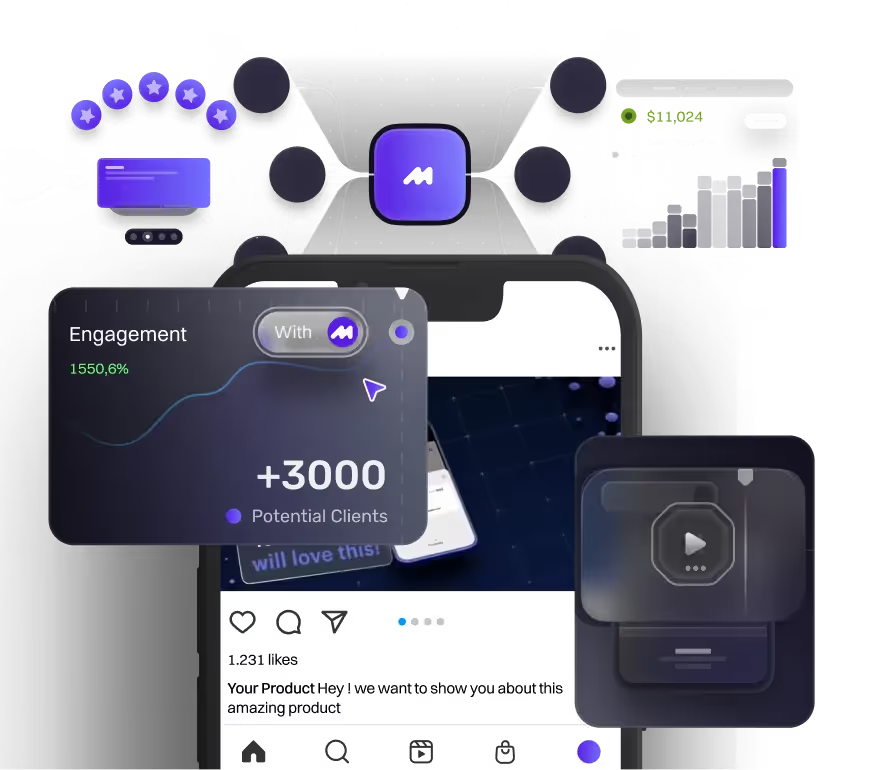






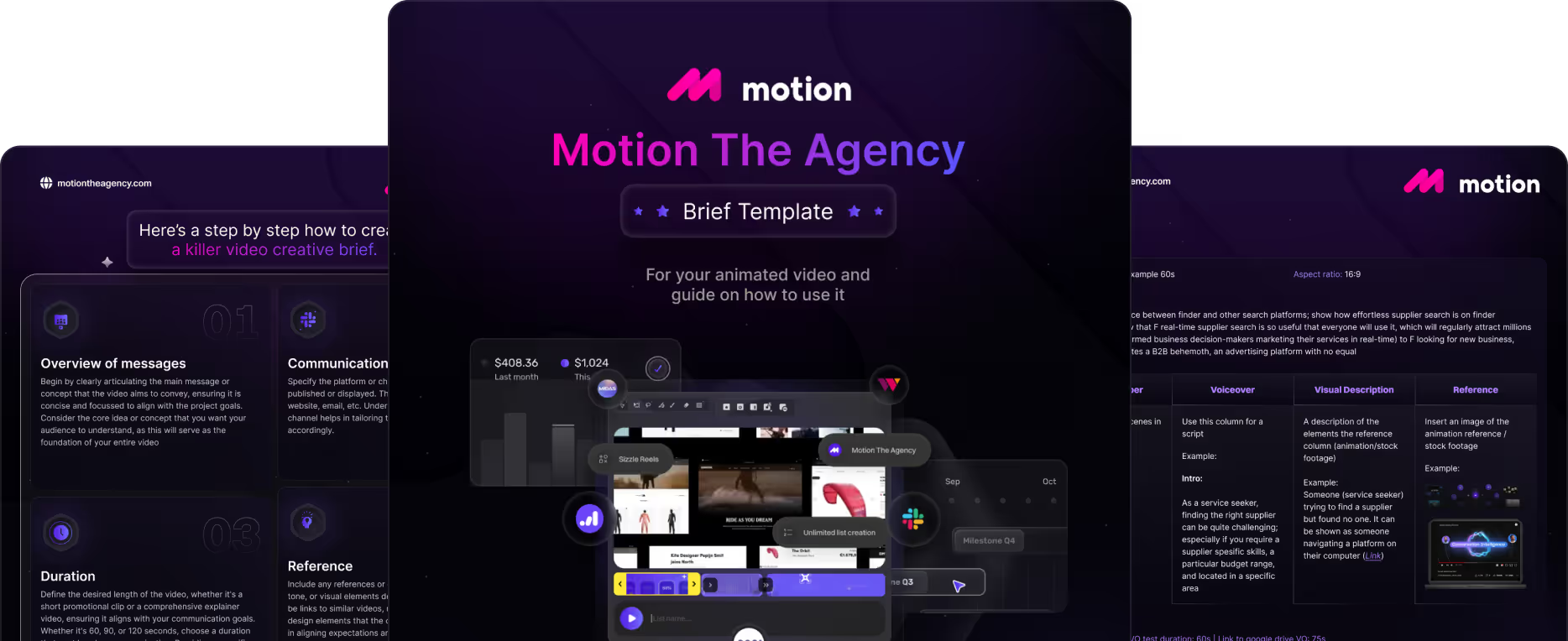
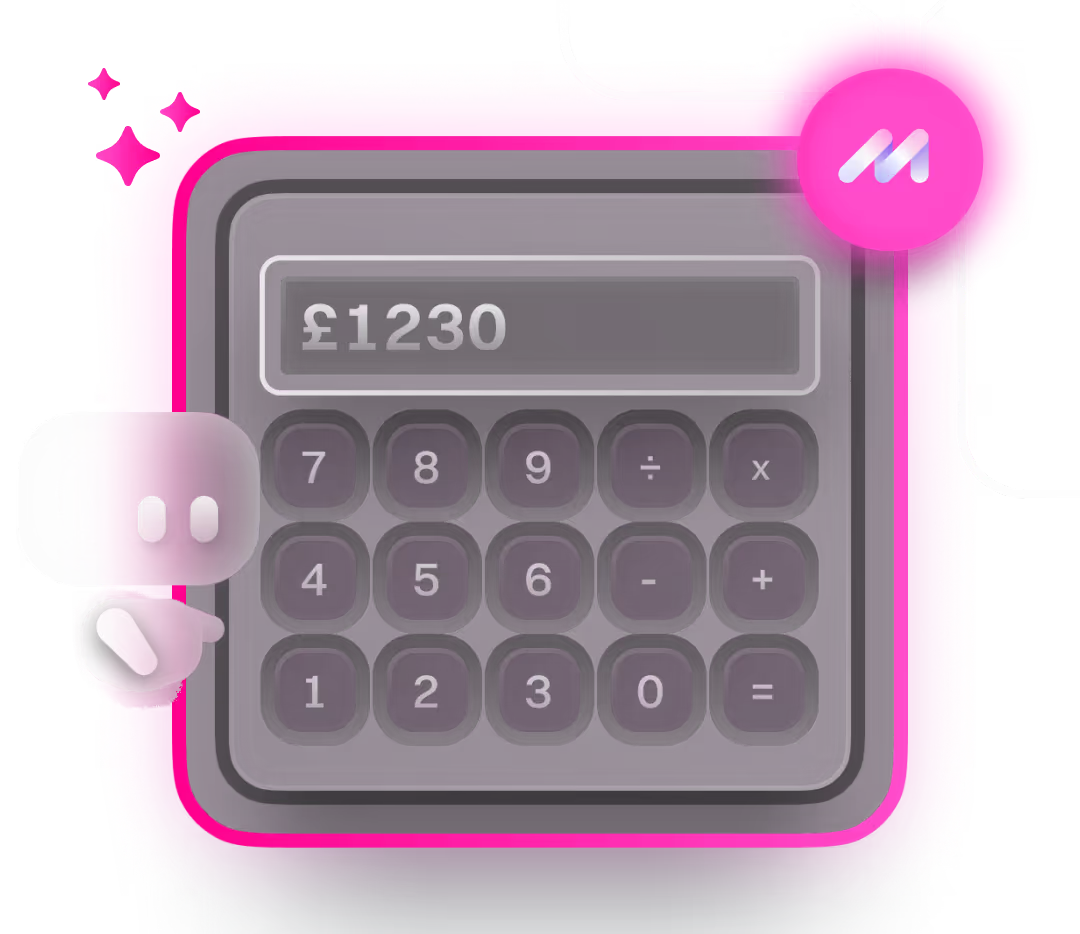

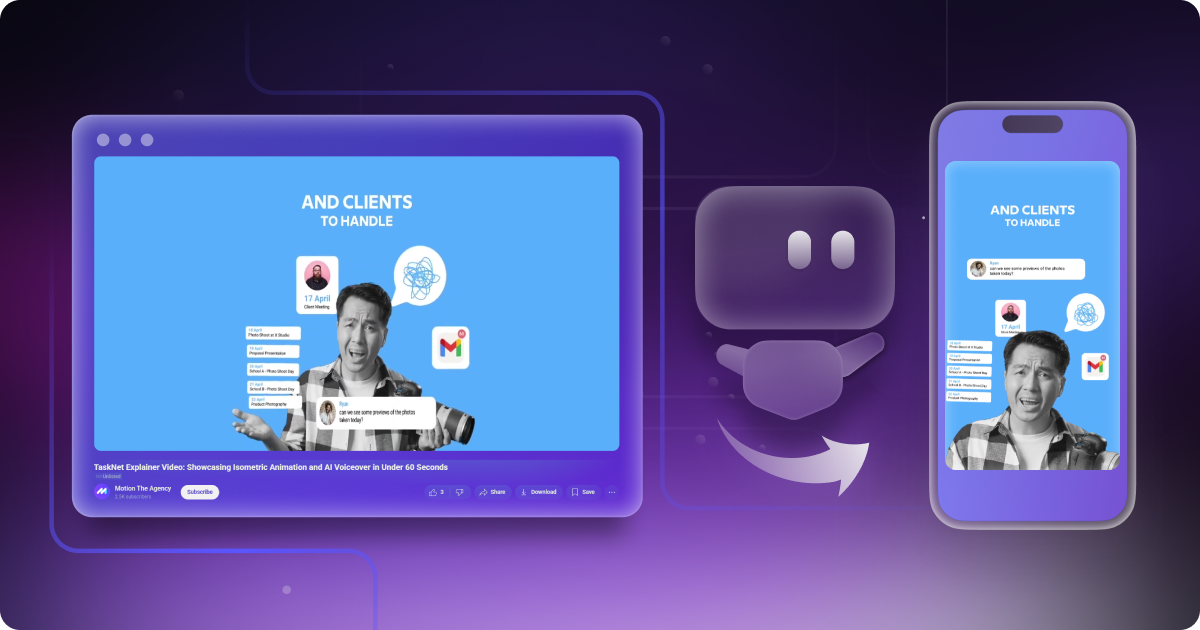
.png)


